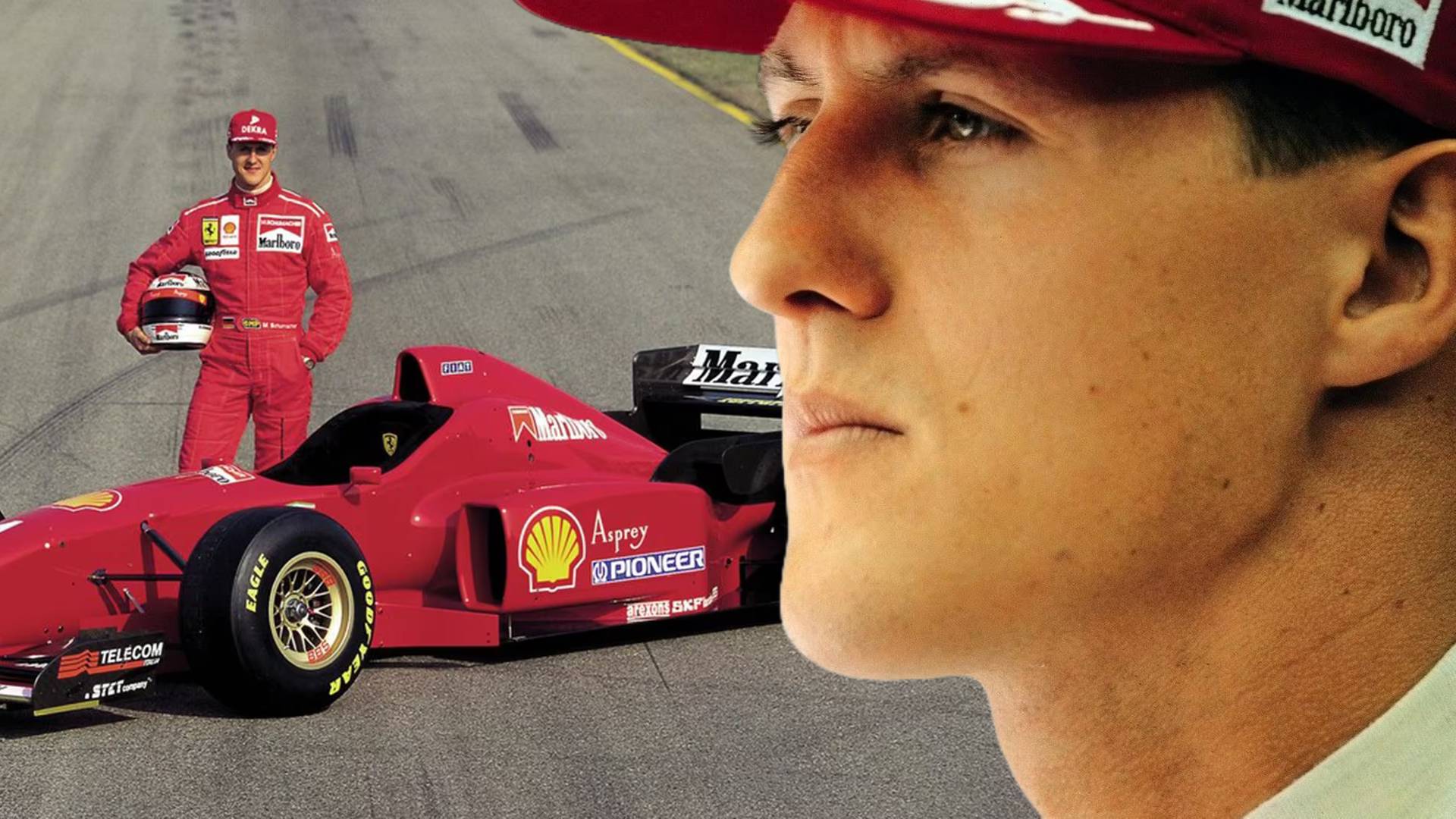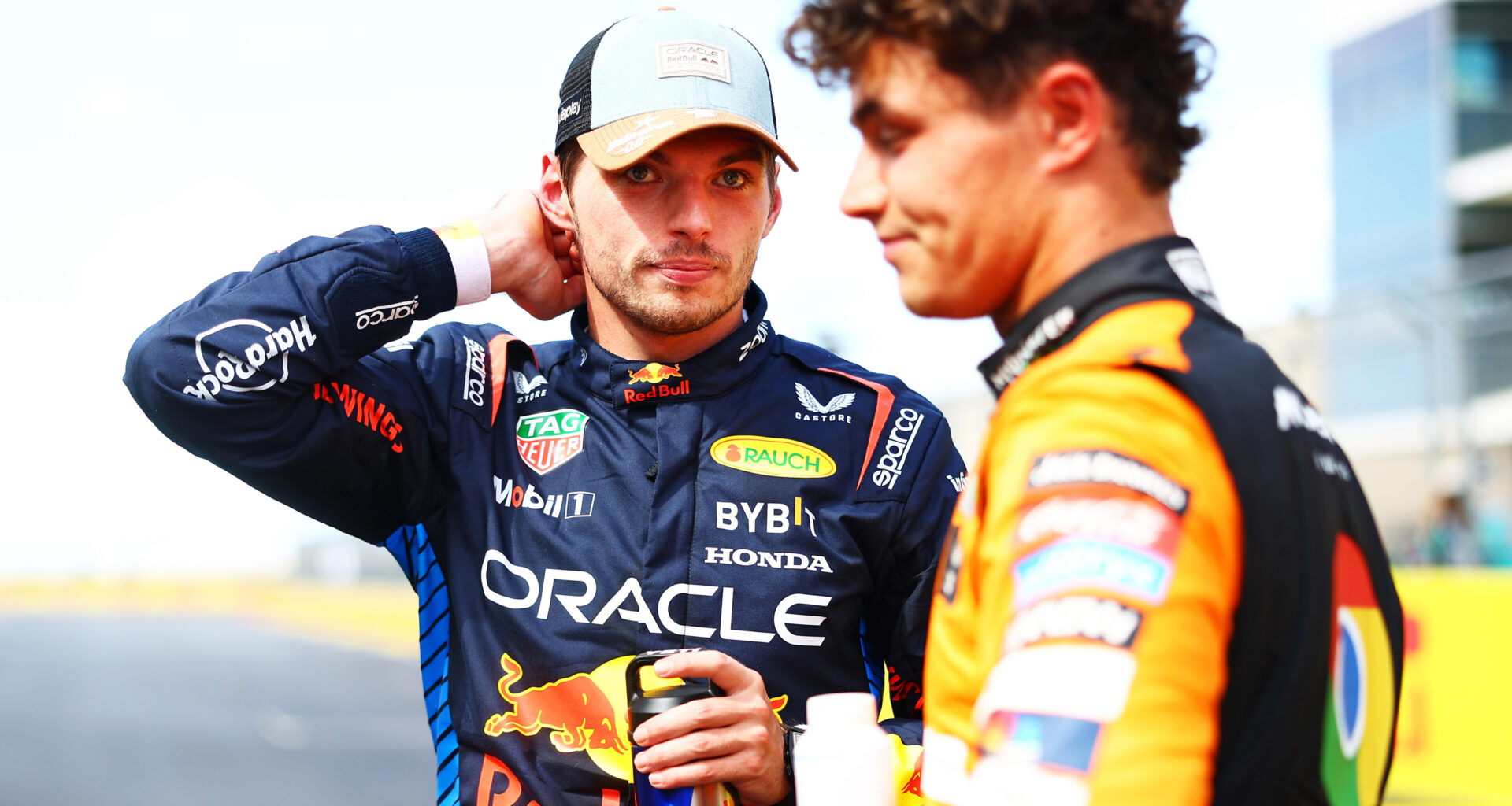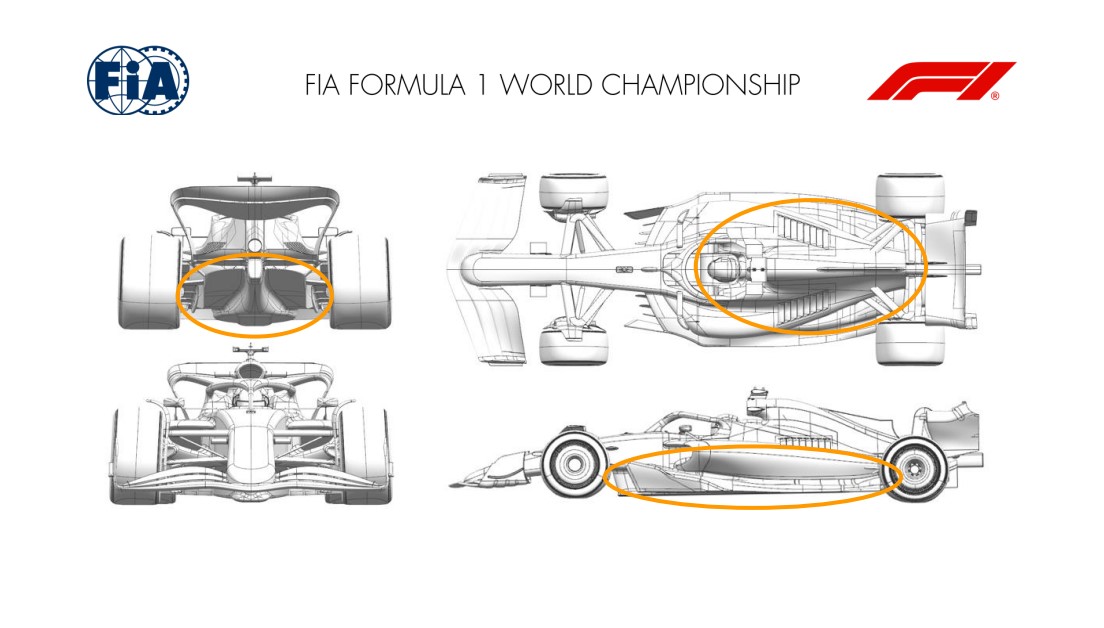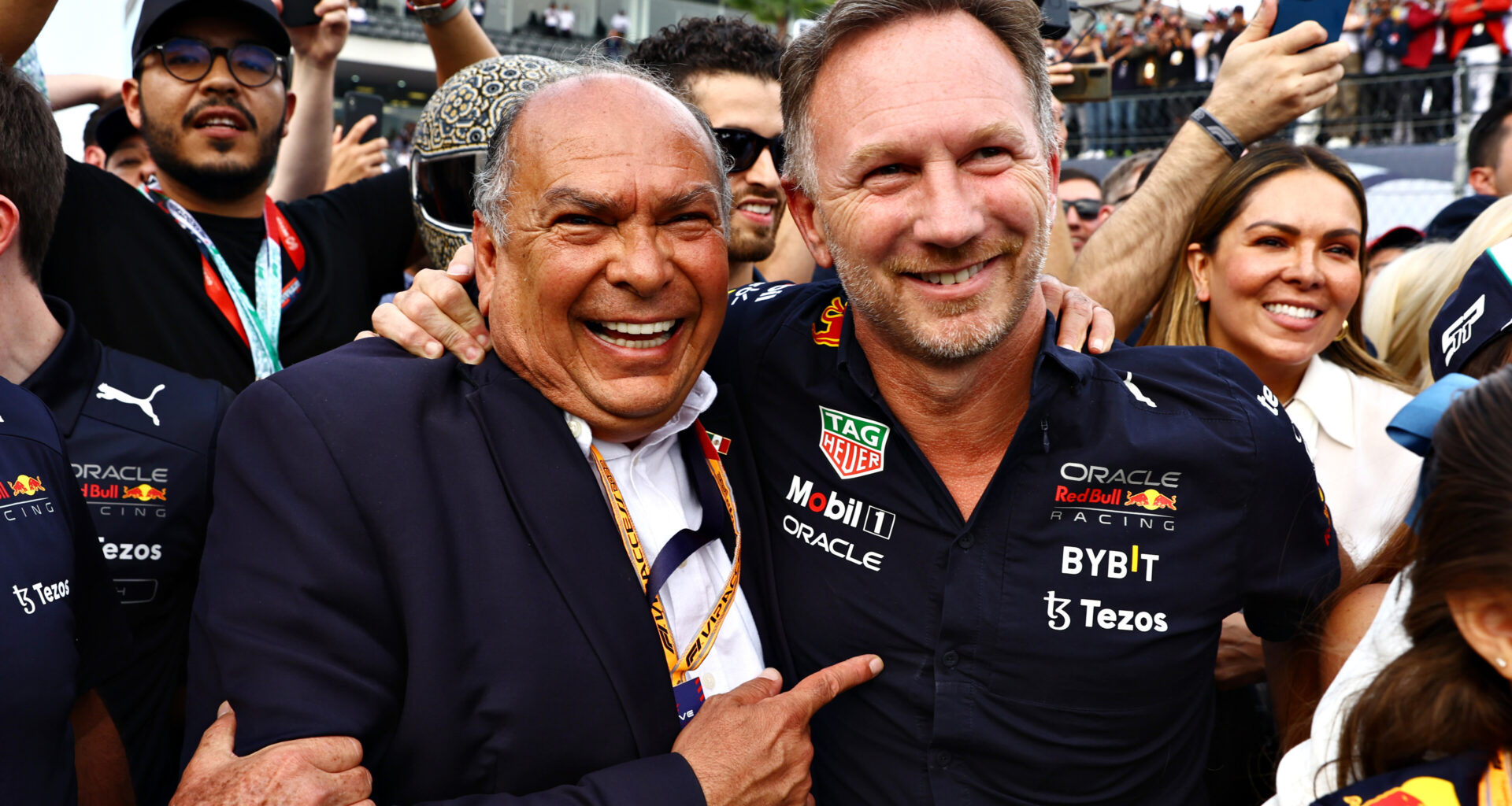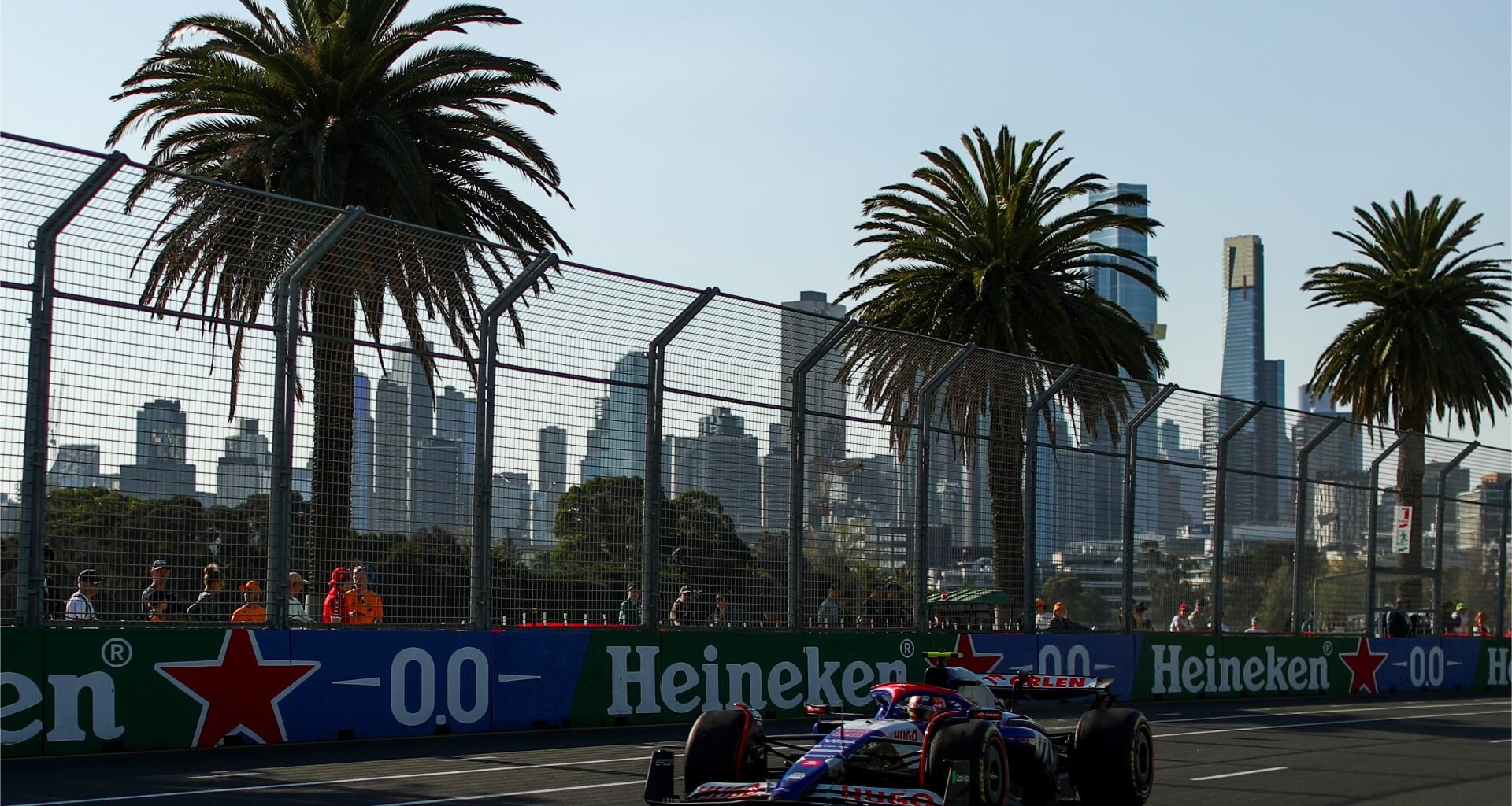Michael Schumacher, one of the greatest drivers of all time, has left an indelible mark on the world of Formula 1. With a career spanning over two decades, Schumacher has achieved what many can only dream of. He holds the record for the most title wins ever in the sport and is second only to Lewis Hamilton in terms of race wins.
From his debut in the 1991 Jordan to his last win in China in 2006, Schumacher never stopped fighting and never stopped winning. He took Benetton to the top, put Ferrari on his back, and conquered the world. His commitment to hard work, community, and family was unwavering, and his legacy continues to inspire new generations of drivers.
Schumacher was a blur on the track, with a speed that was almost impossible to catch. He was the epitome of a racer’s fairy tale, a man who had outraced his limits and won all there was to win before retiring. However, he could not quite stay away from the track for long and made his return in 2012 with the Mercedes F1 team for a short and somewhat sweet farewell before finally hanging up his gloves in 2012.
Table of Contents
The Tragic Ski Accident
On December 29th, 2013, Schumacher was involved in a catastrophic skiing accident in the French Alps. The accident occurred in the town of Meribel, and Schumacher was reportedly skiing off-piste when he fell and hit his head on a rock.
The timeline of events leading up to the accident is as follows: at 11:00 a.m., Schumacher left his designated ski trail to help the daughter of one of his friends who was in trouble. At 11:02 a.m., he skied about 20 meters into deep snow where he encountered exposed rocks in the area. At 11:03 a.m., Schumacher struck a partially covered rock, leading him to lose control and catapult headfirst into a boulder. The impact caused Schumacher to be thrown into the air, with the right side of his head landing on another covered rock.
Schumacher was wearing a helmet, but the impact was so severe that it shattered upon impact. He was bleeding profusely from his head and was in a state of shock. Assistance arrived in the form of two ski patrollers four minutes after the accident, and a helicopter rescue team arrived at the scene at 11:15 a.m. Schumacher was airlifted to the Moutiers hospital and was later transferred to a specialist trauma unit in Grenoble.

The Fight for Survival
Upon arrival at the Grenoble hospital, doctors revealed that Schumacher was in a coma and required urgent surgery. He had sustained a serious head trauma with internal bleeding and significant bruising on the brain. The medical team focused on reducing swelling, supplying oxygen to the brain, and maintaining the body temperature at the recommended level of 34 to 35° C.
Schumacher was placed in an induced coma to protect his brain and aid recovery. The situation was deemed extremely serious, and providing an accurate prognosis at that early stage was challenging. Jean-Francois Payen, the head of anesthetics at the clinic, noted that the impact had occurred on the right side of Schumacher’s head and that had he not been wearing a helmet, the outcome of the crash would likely have been fatal.
The hospital was under tight security, allowing only trusted visitors like Schumacher’s wife Corinna, daughter Gina Maria, and son Mick, as well as close family friend Jean Todt, to visit. Professor Gerard Saillant, a brain and spine injury expert and a close friend of Schumacher, performed a second surgery on a hematoma on the left side of his brain. Many feared for his life, and Gina Maria and Mick wondered if they’d ever hear their father’s voice again.
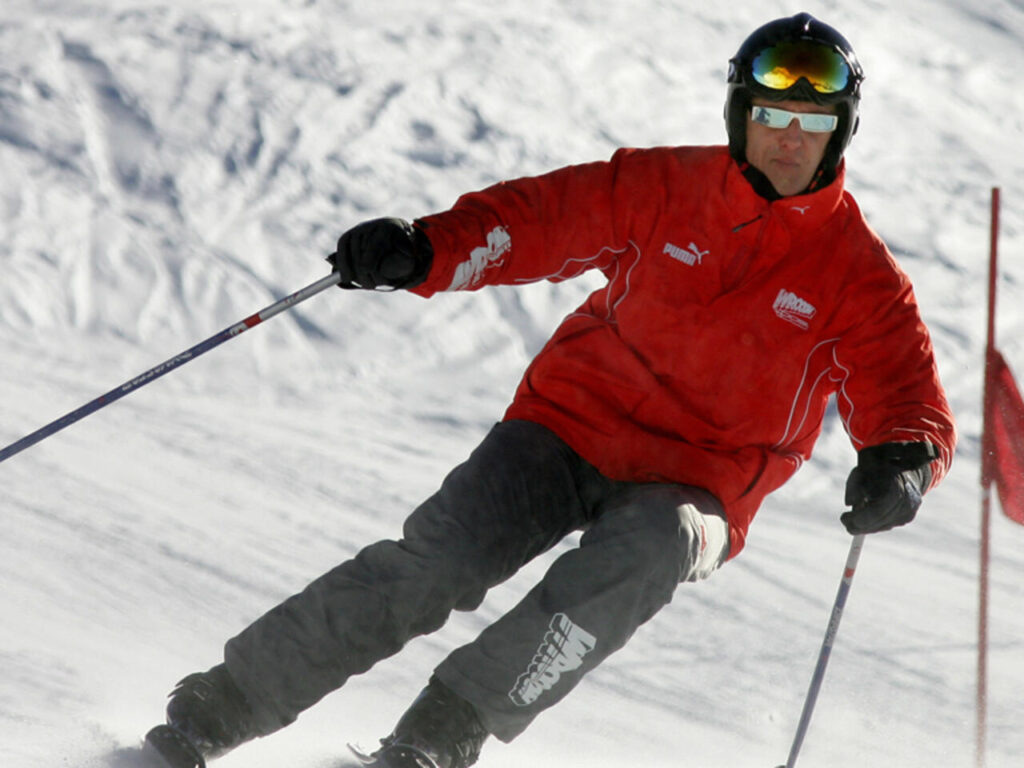
The Road to Recovery
Schumacher slowly and carefully emerged from the deep coma induced by doctors. Once his brain swelling had reached its peak, the induced coma treatment was gradually withdrawn. However, even after the induced coma ended, he remained in a natural coma. The lack of news surrounding Schumacher’s recovery was met with a global outpouring of grief and support, but his wife Corinna stood firm on ensuring his and their family’s privacy.
In June 2014, six months after the fateful crash, an executive from the helicopter air rescue company involved in Schumacher’s transfer faced accusations of attempting to steal his medical records. The unscrupulous individual allegedly claimed to peddle the sensitive information to various European media outlets, attaching a hefty price tag of $54,600 to the stolen files. French prosecutors traced the IP address responsible for the theft back to Rega, Switzerland’s primary air ambulance operator. The alleged theft was quickly traced back to the air rescue executive, who was caught and imprisoned in Zurich. However, the next morning, hours before his scheduled court appearance, officers discovered the man’s lifeless body hanging in his cell.
The strict privacy controls enforced by Corinna and Schumacher’s inner circle have kept the details of his health well guarded. Friends and former colleagues seeking to visit have been turned away, and even Willi Weber, Schumacher’s former manager, claimed to have tried dozens of times to visit but was consistently denied. Jean Todt, a boss, friend, and family confidant, remains one of the people closest to Schumacher. It is from him that we know the very limited capacity for communication that Michael has. Todd hinted at the limited capacity for communication that Michael had in 2019, saying, “Of course, our friendship cannot be the same as it once was, just because there’s no longer the same communication as before.”
The Legacy of Michael Schumacher
The impact of Schumacher’s accident on his family and the world of Formula 1 has been significant. The continued support and speculation surrounding Schumacher’s health are a testament to his enduring legacy. The hope for Schumacher’s recovery and the desire to see him in public again remain strong.
Schumacher’s commitment to hard work, community, and family was unwavering, and his legacy continues to inspire new generations of drivers. His career was full of moments that showed the depth of his humanity, and his sportsmanship and humility were on full display at the 2002 Indianapolis Grand Prix. Schumacher put hard work, community, excellence, friends, and family over everything else in his life, and his legacy continues to inspire new generations of drivers.
The Magnificence and Humility of Schumacher
One of the most notable examples of Schumacher’s sportsmanship and humility came at the 2002 Indianapolis Grand Prix. Schumacher was leading the race comfortably when his teammate, Rubens Barrichello, caught up to him. Schumacher slowed down on the final straight, allowing Barrichello to take the win. The move was widely criticized, but Schumacher defended his actions, saying that he had promised Barrichello the win if he could catch up to him.
Schumacher’s actions that day showed the depth of his humanity and his commitment to his team. He put the needs of others before his own and demonstrated that winning was not everything. His legacy continues to inspire new generations of drivers, and his commitment to hard work, community, excellence, friends, and family remains an example for all to follow.
In conclusion, the day that changed Michael Schumacher forever was a tragic one, but it has not diminished his legacy. Schumacher’s commitment to hard work, community, excellence, friends, and family remains an inspiration to all. His sportsmanship and humility were on full display throughout his career, and his legacy continues to inspire new generations of drivers. We can only hope that Schumacher continues to recover and that we will see him in public again soon.
